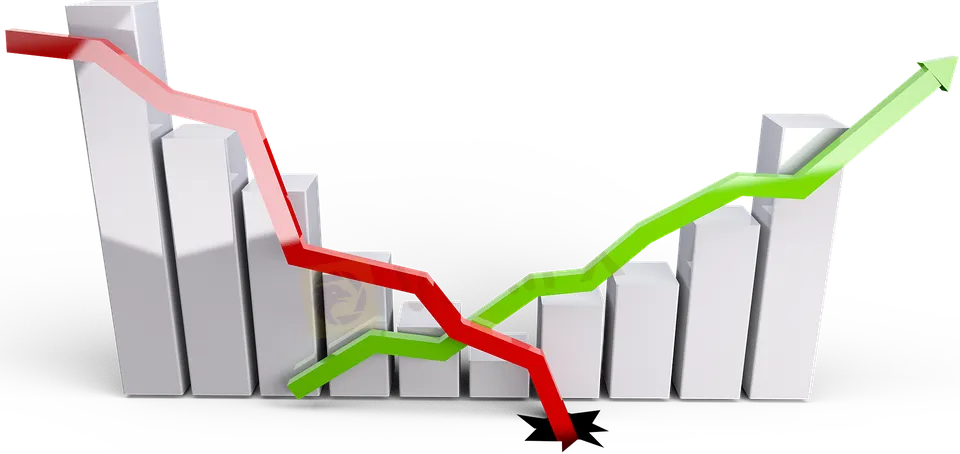简体中文
繁體中文
English
Pусский
日本語
ภาษาไทย
Tiếng Việt
Bahasa Indonesia
Español
हिन्दी
Filippiiniläinen
Français
Deutsch
Português
Türkçe
한국어
العربية
Do Scalpers Make Money?
Abstract:In speaking of scalping, you may have questions like “Is there anyone who makes money by scalping forex?”, “Can it really be done?!”
In speaking of scalping, you may have questions like “Is there anyone who makes money by scalping forex?”, “Can it really be done?!”
Most investors love long-term trading. The more time your money stays invested, the greater the opportunity for compounding and growth. But this type of trading could also have disadvantages. The longer you are on a trade, the more vulnerable you become to price reversal. It‘s hard not to feel a little disappointed when you aren’t making enough winning trades, or are experiencing a severe drawdown.

Scalping just like long term trading depends entirely on one's personality. The key factor that does not discriminate on the trading method is patience. Choosing the right entry point as well as exit is crucial no matter what trading strategy you choose.
An Example of Scalping the EUR/USD
Assume a scalper trades the EUR/USD using a trend trading strategy. They identify the recent trend, wait for a pullback, and then buy when the price starts moving back in the trending direction.

Depending on volatility, the trader typically risks four pips and takes profit at eight pips. The reward is twice the risk, which is a favorable risk/reward. If volatility is higher than usual, the trader will risk more pips, and try to make a larger profit, but the position size will be smaller than with the four pip stop loss.
Assume the trader has a $10,000 account and is willing to risk 0.5% of their account per trade. That means they can lose $50 per trade. They are risking four pips. Each standard lot ($100,000) equates to $10 in profit or loss per pip. Since the trader is risking four pips, they can trade 1.25 standard lots ($50 / (4 pips x $10)). If they lose four pips on 1.25 standard lots, they will lose $50 which is their maximum risk per trade. Their profit is double, so if they make eight pips, they will earn $100.
The account has $10,000 in it, yet they are using a $100,000 position size. This is 10:1 leverage.
The following chart shows three trades, based on the recent trend direction. The first trade is a winner for eight pips, or $100. The second trade is a loss for four pips or $50. The next two trades are winners for eight pips, or $100 each.

The overall profit for the day is three winners ($300) minus one loser ($50), or $250. On a $10,000 account that is a 2.5% return for the day. This shows the compounding power of scalping. On the flip side, finding winning trades isn't easy, and even with risking 0.5% of the account per trade, if the trader doesn't have a sound method, losses can mount quickly.
As a leading media in the forex industry, WikiFX offers overall and accurate regulatory information of global forex brokers, and provides educational content to help people learn how to become profitable traders. Download and read more on WikiFX App: bit.ly/wikifxIN
Disclaimer:
The views in this article only represent the author's personal views, and do not constitute investment advice on this platform. This platform does not guarantee the accuracy, completeness and timeliness of the information in the article, and will not be liable for any loss caused by the use of or reliance on the information in the article.
WikiFX Broker
Latest News
TradingView Brings Live Market Charts to Telegram Users with New Mini App
Trump tariffs: How will India navigate a world on the brink of a trade war?
Interactive Brokers Launches Forecast Contracts in Canada for Market Predictions
Authorities Alert: MAS Impersonation Scam Hits Singapore
Stocks fall again as Trump tariff jitters continue
INFINOX Partners with Acelerador Racing for Porsche Cup Brazil 2025
Regulatory Failures Lead to $150,000 Fine for Thurston Springer
April Forex Trends: EUR/USD, GBP/USD, USD/JPY, AUD/USD, USD/CAD Insights
March Oil Production Declines: How Is the Market Reacting?
Georgia Man Charged in Danbury Kidnapping and Crypto Extortion Plot
Currency Calculator







